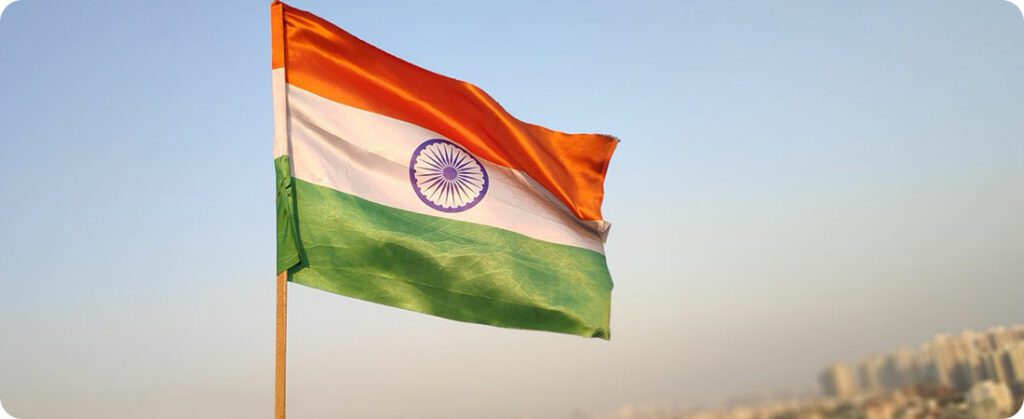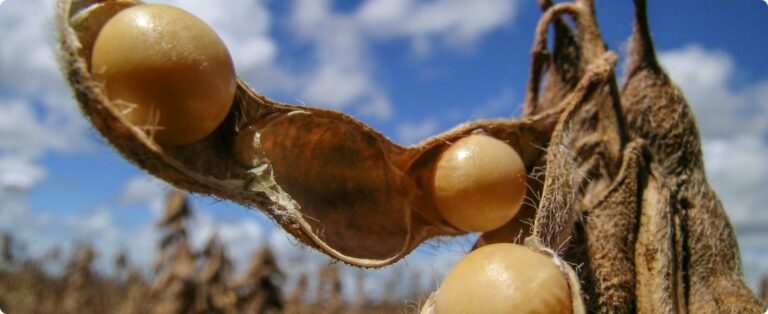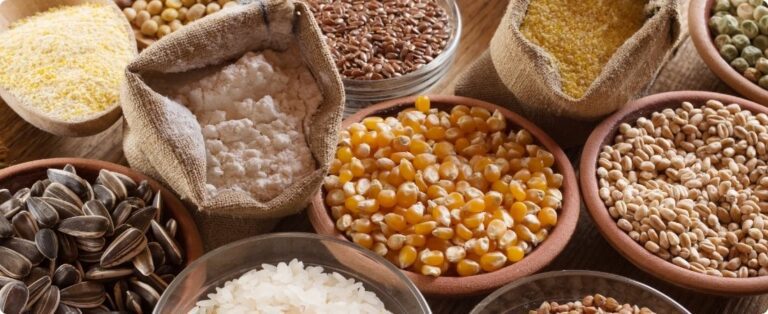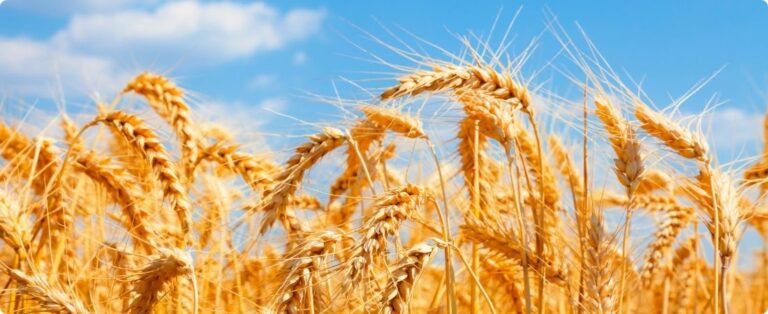
India is set to receive above-average rainfall in October after unusually high rainfall in the past three months. According to a senior official at the India Meteorological Department (IMD), the rains could harm summer crops ready for harvest.
IMD Director General Mrutyunjay Mohapatra said October rainfall is expected to exceed the 50-year average of 1,15%. This has raised concerns among farmers as heavy rains during the harvest period could disrupt and damage important crops.
Summer crops being harvested include rice, cotton, soy, corn and pulses. The impact of these rains can be particularly damaging. As was seen in September, when above-average rainfall, resulting from the delayed withdrawal of the monsoon, damaged part of the crops in some regions of India.
Above-average rainfall in September and October could impact harvest
According to IMD data, India received 11.6% more rains than average in September. This follows a surplus of 9% in July and 15.3% in August. “The meteorological department has predicted heavy rains in the first half of October, just when most farmers are harvesting their crops. This has created great concern among them,” said a Mumbai-based trader working with a global trading house.
Despite the difficulties for farmers in the short term, the October rains can bring benefits, increasing soil moisture and favoring the planting of winter crops, such as wheat, rapeseed and chickpeas.
The monsoon’s retreat, however, began almost a week late this year. Still, it is expected to leave the country completely by mid-October, according to Mohapatra. The annual monsoon, which typically occurs from June to September, is crucial for providing 70% of the rain needed by farms and replenishing reservoirs and aquifers. In addition, about half of India’s agricultural land depends on these seasonal rains. Hence, the monsoon plays a vital role in an economy worth approximately US$$3.5 trillion.
Additionally, maximum and minimum temperatures across much of the country are expected to be above average in October, Mohapatra added.
Source: Rajendra Jadhav and Shilpa Jamkhandikar | Notícias Agrícolas















